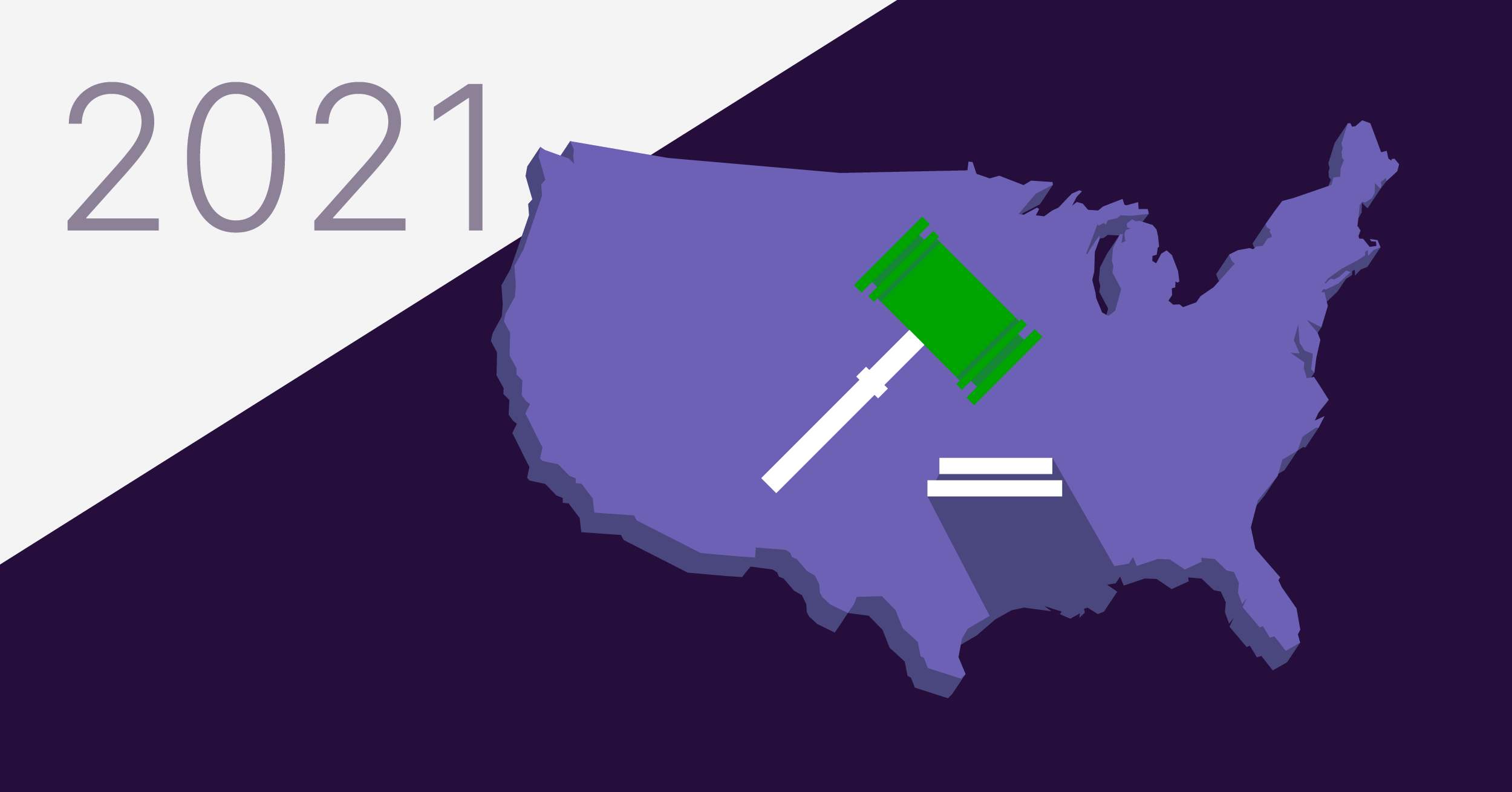As the Biden administration ramps up execution of its agenda, including priorities around equality, there’s increasing discussion about new legislation and regulations aimed at addressing pay inequality. As we work to reverse course on the inequities that have been further exacerbated by the pandemic, now is a critical moment to get pay equity laws right and finally make progress on closing the wage gap.
Pay equity laws by state in 2021
But how does the U.S. stand on pay equity legislation at the federal and state levels? Where are laws falling short and where are they excelling? At Syndio, we have been curious to compare pay equity laws by state in 2021 in the U.S., as well as how other countries have approached pay equity legislation.
To answer these questions and more, we partnered with Fair Pay Workplace to undertake a comprehensive analysis of legislation from all 50 states in our first-ever State of Pay Equity Laws in the U.S. — 2021 report.
Some key takeaways about U.S. pay equity laws in 2021:
- Pay equity laws are evolving: In almost six decades since the Equal Pay Act of 1963, 44 states have developed their own pay equity laws. These laws aim to incorporate modern thinking and best practices. However, some well-intended laws have placed undue burdens on employers, hindering progress on pay equity, and some still fall short in fully protecting underpaid individuals.
- This is a critical moment for change: Pay equity is gaining renewed attention, especially in the aftermath of the pandemic that has worsened existing inequalities. It’s crucial to fine-tune pay equity laws now. The current climate offers a unique opportunity for the U.S., armed with the necessary tools and experience, to lead globally in achieving fair pay.
- Effective legislation matters: Effective pay equity laws strike a balance between encouraging employers to analyze and address pay disparities while safeguarding their interests. Such laws should incentivize both action and reporting. Mistakes from past legislation, like burdensome reporting requirements, can be corrected by aligning reporting methods with how companies maintain pay data. This can drive meaningful progress in achieving pay equity and turn it into a strength for companies.
Dive in to the report for more details of the state of pay equity laws in 2021 and our recommendations for improved legislation that actually drives the pay equity outcomes everyone — government officials, CEOs, corporate boards, employees — wants to achieve. We’re optimistic that it is possible to write pay equity legislation that works for all to drive sustained progress in the U.S.



